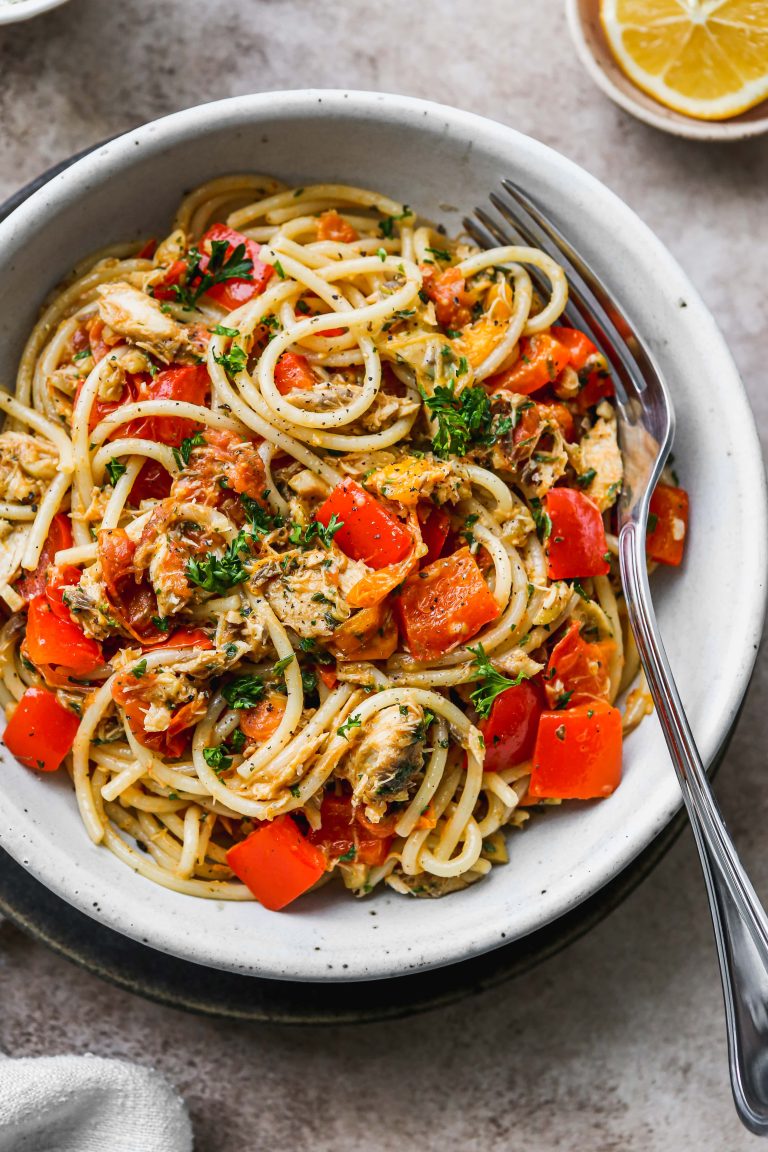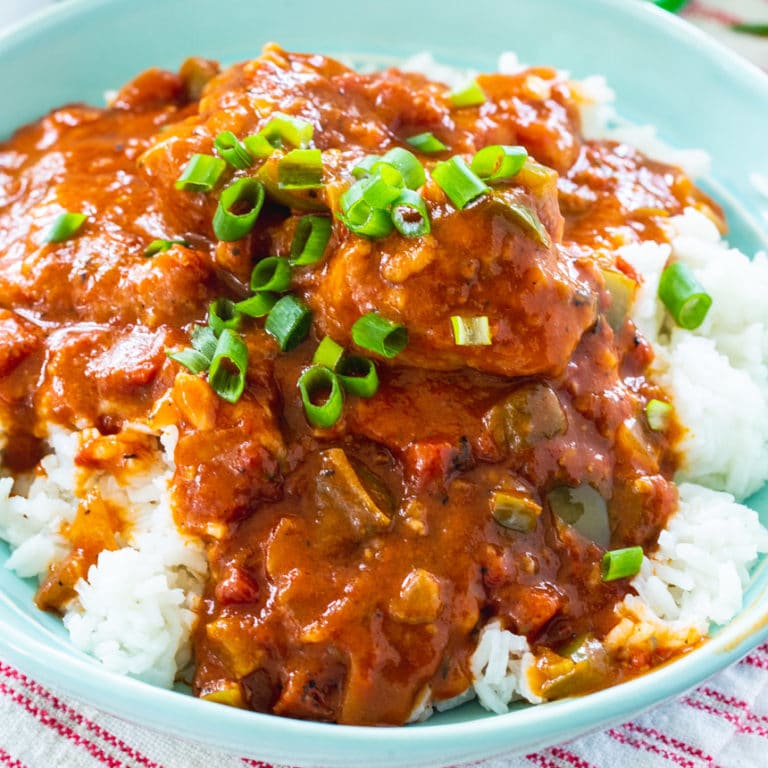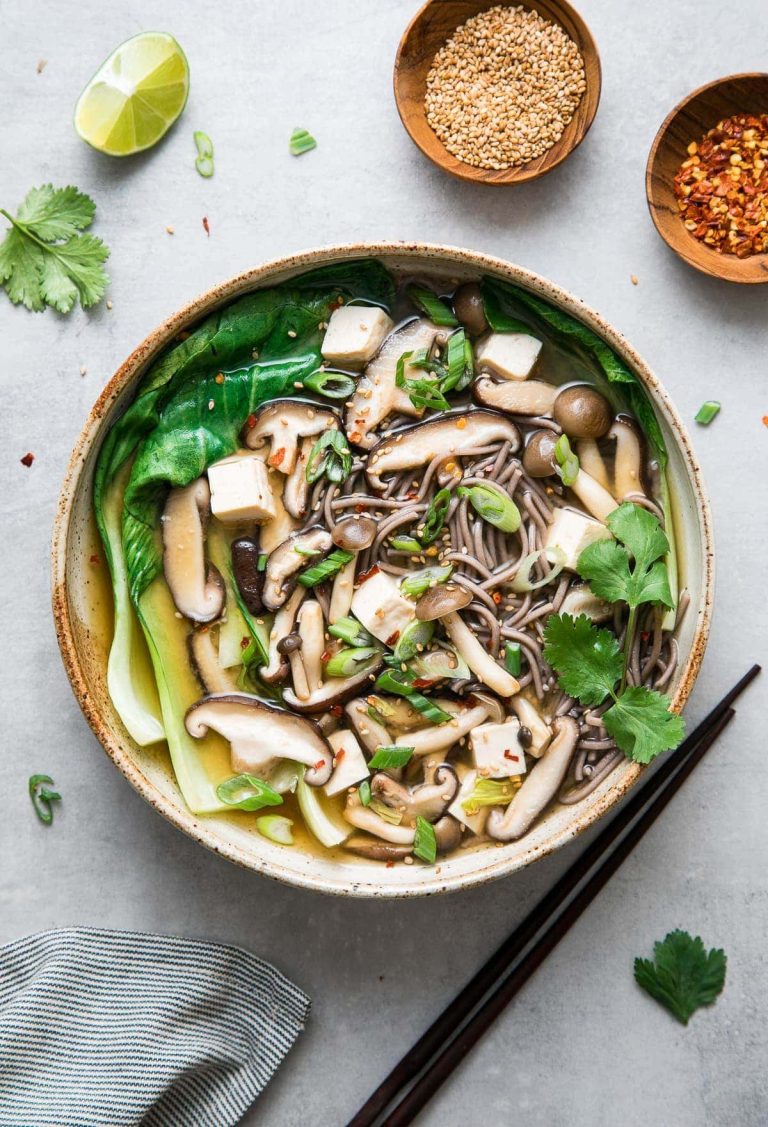Thai Sweet Sticky Rice With Mango (Khao Neeo Mamuang): Recipe & Cultural Insights
Thai Sweet Sticky Rice with Mango, Khao Neeo Mamuang, occupies a special place in Thailand’s culinary landscape. It’s often enjoyed during Songkran, the Thai New Year festival in April. This dessert reflects the importance of rice in Thai culture, symbolizing prosperity and good harvests. Families serve it during festivities and special occasions, celebrating joy and unity. This dessert also showcases Thailand’s abundance of tropical fruits and its rich culinary traditions.
Historical Development of Khao Neeo Mamuang
Khao Neeo Mamuang’s origins trace back centuries. Sticky rice, known as “khao neeo,” has been a staple in Thai cuisine, used in both savory and sweet dishes. Over time, the integration of mangoes, originally from India, became popular during the warm season when mangoes are in full bloom. The combination of these ingredients, paired with the influence of coconut milk brought by seafaring traders, resulted in this beloved dessert. The evolution of Khao Neeo Mamuang reflects Thailand’s ability to blend indigenous and foreign influences into its culinary repertoire.
Key Ingredients and Variations
The Role of Mango and Sticky Rice
Mango and sticky rice stand as the cornerstone of Khao Neeo Mamuang. The dish pairs sweet, ripe mangoes with glutinous rice, cooked in coconut milk to achieve a creamy texture. Mangoes, typically Nam Dok Mai or Ok-Rong varieties, offer a natural sweetness that balances the rich coconut-infused rice.
Sticky rice, known as “khao neeo,” plays a crucial role in the dish’s texture and flavor. Soaked in water before steaming, the rice absorbs sweetened coconut milk after cooking, enhancing its taste. Coconut milk, along with sugar and a pinch of salt, forms a luscious sauce that ties the elements together, creating a harmonious blend.
Popular Variations Across Regions
Different regions in Thailand introduce unique twists to Khao Neeo Mamuang. In the northern areas, you might find black sticky rice used instead of the white variety, adding a nutty flavor and distinct color. Some regions include mung beans or sesame seeds for added texture.
In Southern Thailand, pandan leaf extracts make an appearance, lending a subtle, aromatic note to the sticky rice. Often, locals top the dish with coconut cream for an extra layer of richness. Travelers notice these regional differences, making each tasting experience unique.
In urban areas, contemporary chefs introduce modern twists. Some replace mango with other tropical fruits like durian or jackfruit, offering a new take on the traditional dessert. Others experiment with flavored coconut milk, infusing it with ingredients like matcha or chocolate.
| Region | Key Variation |
|---|---|
| Northern Thailand | Black sticky rice, mung beans, sesame seeds |
| Southern Thailand | Pandan leaf extracts, topped with coconut cream |
| Urban Areas | Tropical fruits (durian, jackfruit), flavored coconut milk |
Understanding these regional and modern variations allows you to appreciate the versatility of Thai Sweet Sticky Rice with Mango and its ability to adapt while retaining its core essence.
Step-by-Step Recipe for Thai Sweet Sticky Rice With Mango
Preparing the Sticky Rice
Use 1 cup of glutinous rice for optimal results. Rinse the rice until the water runs clear to remove excess starch. Soak the rice in water for at least 4 hours or overnight for better texture. Steam the rice in a bamboo steamer or a similar setup for about 20-25 minutes until fully cooked.
While the rice steams, combine 1 cup of coconut milk, 1/2 cup of sugar, and 1/4 teaspoon of salt in a saucepan. Stir over medium heat until the sugar dissolves; do not let it boil. Remove from heat once mixed.
Once the rice has finished steaming, transfer it to a mixing bowl. Pour the coconut milk mixture over the hot rice and stir well. Cover and let it sit for about 30 minutes to allow the flavors to meld.
Selecting and Preparing the Mango
Choose ripe yet firm mangoes for the dish. Varieties like Ataulfo or Keo Savoy work well for their sweetness and texture. Peel and cut the mangoes into thin slices or cubes, ensuring you remove any fibrous parts. You need about 2 mangoes to complement 1 cup of sticky rice.
The Final Assembly
Place a portion of sticky rice on a serving plate. Arrange mango slices or cubes beside the sticky rice. Drizzle with additional coconut milk. Sprinkle roasted sesame seeds or mung beans on top for added texture, if desired. Serve immediately for the best experience.
Serving and Presentation Tips
Traditional Serving Styles
Serve Thai Sweet Sticky Rice with Mango by placing a portion of sticky rice next to fresh mango slices. Arrange the mango in a fanned-out pattern for an authentic look. Pour a small amount of sweetened coconut milk over the rice. Garnish the dish with toasted sesame seeds or yellow mung beans to enhance texture and flavor.
Modern Presentation Ideas
For a contemporary twist, use a ring mold to shape the sticky rice into neat rounds. Place the rice on a stylish plate, accompanied by mango slices arranged artistically. Drizzle with coconut sauce using a squeeze bottle for precision. Add edible flowers or a mint sprig for an elegant touch. For individual servings, consider using small mason jars, layering rice and mango, then topping with coconut milk and a garnish.
Pairing Suggestions
Drinks That Complement Khao Neeo Mamuang
Green Tea: Serve green tea with dessert to balance the sweetness, providing a refreshing and earthy contrast.
Thai Iced Tea: Pair Thai iced tea with its creamy, spiced flavor to complement the coconut milk in Khao Neeo Mamuang.
Coconut Water: Offer coconut water for a light, hydrating option that echoes the coconut elements in the dish.
Sparkling Water: Include sparkling water to cleanse the palate between bites, enhancing the overall tasting experience.
Other Thai Dishes to Serve Alongside
Tom Yum Soup: Start with Tom Yum Soup for a spicy, sour burst to contrast the sweetness of Khao Neeo Mamuang.
Pad Thai: Pair with Pad Thai to balance flavors, offering a hearty main dish alongside the dessert.
Som Tum: Serve Som Tum (spicy green papaya salad) to add a fresh, crisp element, counteracting the dessert’s richness.
Thai Spring Rolls: Include Thai spring rolls for a light, savory appetizer, introducing a variety of textures and flavors to the meal.
Conclusion
Khao Neeo Mamuang isn’t just a dessert; it’s a journey through Thai culture and culinary tradition. By mastering this dish, you’re not only treating yourself to a delicious experience but also embracing a piece of Thailand’s rich heritage. Whether you follow traditional serving methods or experiment with modern twists, this dessert is sure to impress. Pair it with suggested drinks and complementary Thai dishes to elevate your meal to a whole new level. Enjoy the sweet, creamy, and fruity flavors that make Thai Sweet Sticky Rice with Mango a beloved favorite.





